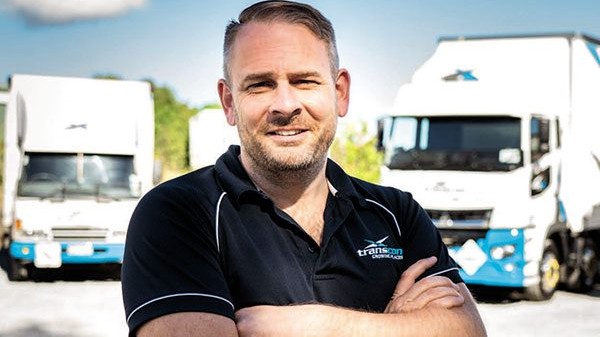The fun of spending other people’s money

Beyond the wonderful flu-like symptoms, Covid-19 gave us an apparent tolerance for bigger and bigger financial numbers to seem inconsequential and for them to be simply lapped as the ‘new normal’.
Much like Austin Powers lost touch with inflation, what was once millions has now become accepted as being billions. Every week, it feels like the government provides another opportunity to test our tolerance further.
If infrastructure spending wasn’t already top of mind, the past six months have surely solidified its position as needing to be front and centre of the country’s CapEx plan in the coming decade and beyond. It appears the race is on for the area of spending that can produce the biggest billion number to push us further back in our seats.
Whether it’s water, waste, health, education or roading infrastructure, most citizens of our fine country could quickly recite a list of the top handful of projects they’d like to see the powers that be direct funds towards.
This brings us to the recent string of significant infrastructure projects, which may already be in play and under construction, all of which have showcased what can only be described as eyewatering price tags.
Take Auckland’s City Rail Link, initially slated as costing $3.5 billion, which has now ballooned to an estimated $5.5 billion (and potentially still climbing). Unless we make the bold decision to accept an incomplete project, it seems that the taxpayer will wear an incredible 57% deviation over projected costs. Putting that in some context, that additional $2 billion cost is the equivalent of 5714 $350,000 tractor units. Sounds like a large amount when you put it in those terms, right?
How about the Onslow pumped hydro scheme proposed at a whopping $15 billion? The number seemed to be released as though there’d be no fanfare around the scale of it.
Then there’s Auckland’s light rail project, the same project that a certain leader’s 2017 election promise said would be up and running by 2021. Some $50 million in planning costs later, and we’ve nothing much to report other than a current suggestion that it could be built in stages to reduce the cost. Last time I checked, building a light rail project to the airport implied the train would actually make it to the airport, not somewhere halfway for the passengers to then find another way of completing their trip.
But I digress; the reality is that this project has been slated to cost somewhere between $15 billion and $25 billion dollars. I mean, seriously, what’s an extra $10 billion between taxpayers, right? Well, about $2000 each if you want to get specific.
But none of the above scares me like last month’s announcement of the preferred options for Auckland’s next harbour crossing – a selection of bridge and tunnel options intended to start construction circa 2029 (and I sense ‘circa’ is likely). What I loved most about the initial document was the extensive use of the phrase ‘expensive to build’ as a negative next to each option detailed in the document. What really gives me the shits, though, is that if they deem it potentially expensive now, how will it look in seven or eight years?
Rather than simply going to the Oxford thesaurus and plucking out the word expensive or costly, surely, we’d rather see a cost-benefit analysis assessing the true lifetime value each option presents? As a country, there are unquestionably some challenging conversations coming on this front, and the need for objective analysis will be more critical than ever.
Reality says we can only spend so much on such projects and that demand will always exceed available resources, particularly, but not solely, in a financial sense.
Which brings me to my final point around the pipeline of projects and engagement of skill and machinery/ capability to get the job done and bring such projects to life. As much as one can understand the rationale behind engaging international experts in certain construction formats and partnering them with local providers via JVs and partnerships, given the imminent pipeline and workload of significant projects on the radar, how can we utilise this as an opportunity to again return to a greater level of self-sufficiency and establishing deeper long-term skill and capability?
Not for a minute am I suggesting a return to a ministry of works model, but rather a focus on supporting local providers to upskill and fund long- term tools and assets with the view to keeping the funnel full of projects that enable and are enabled by the development and investment in local capability and resource.


